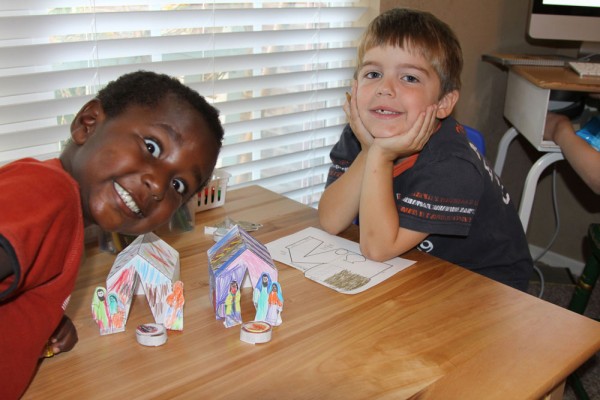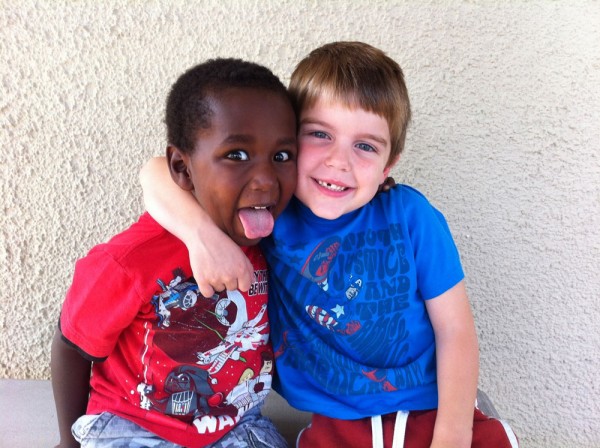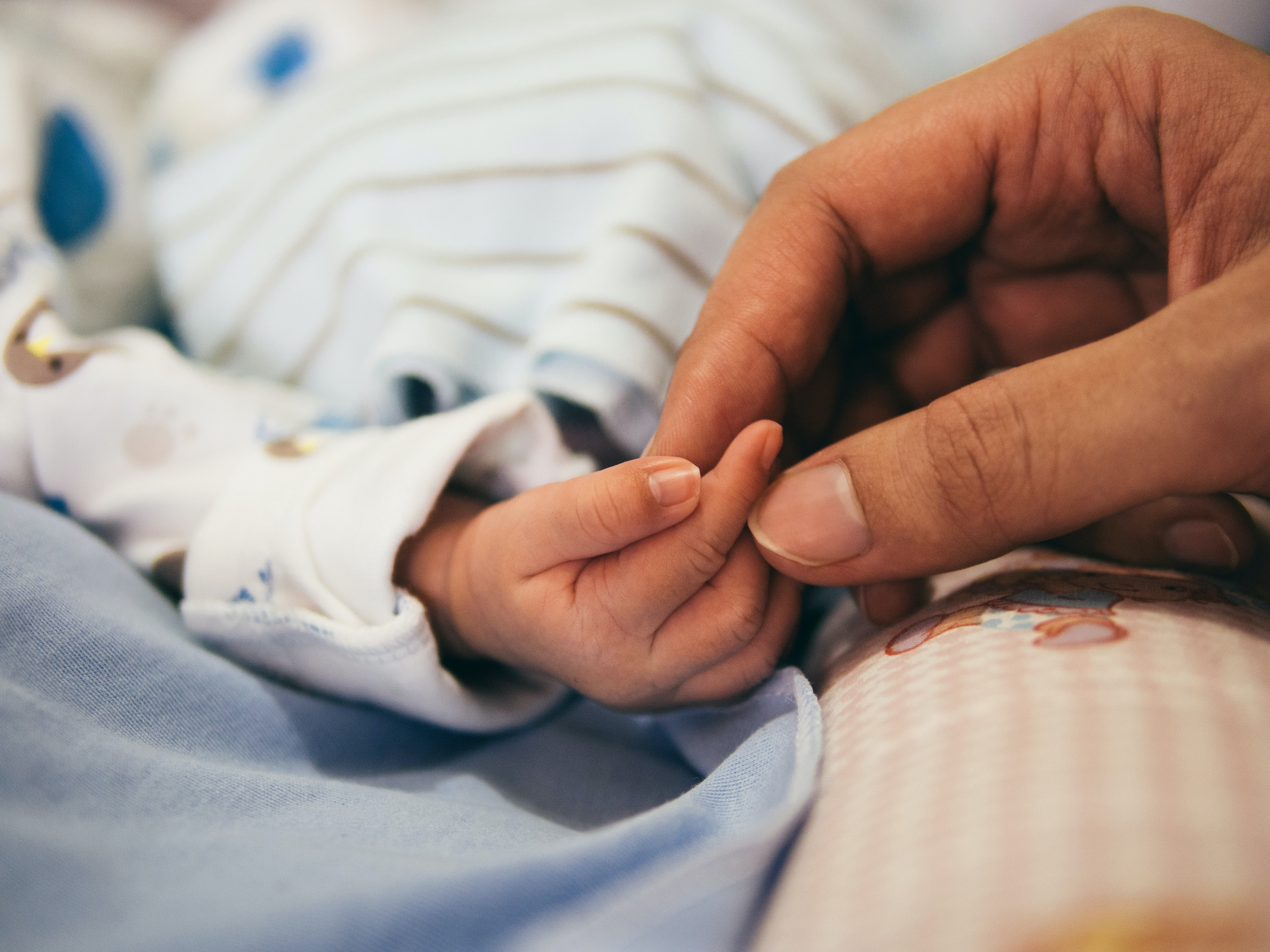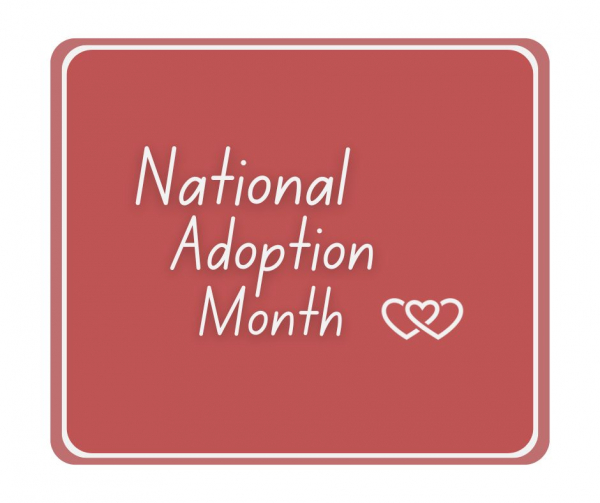Our Experience with Artificial Twins
Artificial twins, also called virtual twins, are formed when two non-biological siblings are less than nine months apart. This can happen when a family adopts two non-related children at the same time, or when they adopt a child who is close to the same age as a child already at home.
Many countries no longer allow families to adopt non-related children at the same time, and many agencies discourage virtual twinning in any form. The overall thinking is that each child needs his own “spot” in the family and it’s easier to do that if there is significant space between siblings. It also speaks to the importance of birth order, which is why many adoption professional encourage families to keep children in their original birth order when adding new children to the family.

When we adopted our son William from Ethiopia in 2012, our agency had a policy that strongly encouraged families to adopt a child younger than the youngest child already in the family. They also try to keep at least a year between the youngest child and the newly adopted sibling. In their experience, these policies promote healthy attachment and a positive adjustment for all members of the family.
We were on board with this policy, and when we got William’s referral he was, indeed, a year younger than our little Luke, who was four at the time. Perfect.
But birthdates in African countries are a bit…fuzzy. They use a different calendar system than we do. They don’t always keep accurate records, especially in rural areas. In our case, both of these facts meant that when William’s birthdate was translated for the English copy of his birth certificate, his birthdate was moved up several months.
No longer was he a year younger than Luke. Now he is only 7 months younger. We artificially twinned on accident!
I’m grateful for the misunderstanding, because, without it, our agency may not have matched him with us. He is a perfect fit. Artificial twinning has been a wonderful experience for our family, but there are valid reasons NOT to do it.
When William first came home, he was jealous of his new brother. He pushed Luke away, which was painful for him. After a few months, however, William started to settle into his new family and trust that he could share our attention with Luke. They are close now, but if William hadn’t changed his attitude toward his brother our story would be very different.
Sometimes I miss having one-on-one time with my boys because we often view them as a single unit by default. They do almost everything together, from sharing a room to playing on the same sports teams. Just like with biological twins, we buy things in twos and do things in twos. We try to consciously make some separation between them, but it’s not easy.
We have a few things going for us that make artificial twinning easier:
1. Luke is bigger than William, so it exaggerates their age difference.
2. We put them in separate grades, both in our homeschool and at church. This helps them make their own friends and cuts down on comparisons between the two.
3. Luke is a leader and William is a follower. Their personalities naturally lend themselves to an older brother/younger brother dynamic.
For us, the benefits of twinning far outweigh the negatives. Our boys are best friends, and I hope they continue to be as they grow. They remind me that no matter how well we try to make our own plans, God is the only one who knows what our final family portrait will look like. I will continue to trust that He knows what children are meant to be in our family, and He can use mistranslations, woefully lacking birth records, and differing calendar systems to get them here if needed.








